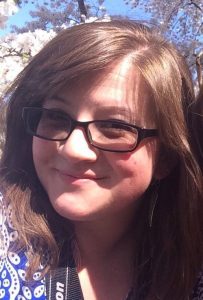
Join Smithsonian Libraries on a journey to Fantastic Worlds: Science and Fiction, 1780-1910 a new exhibition opening to the public July 1, 2015 in the Smithsonian Libraries Gallery in the newly renovated wing of the National Museum of American History. Click here for a preview.

